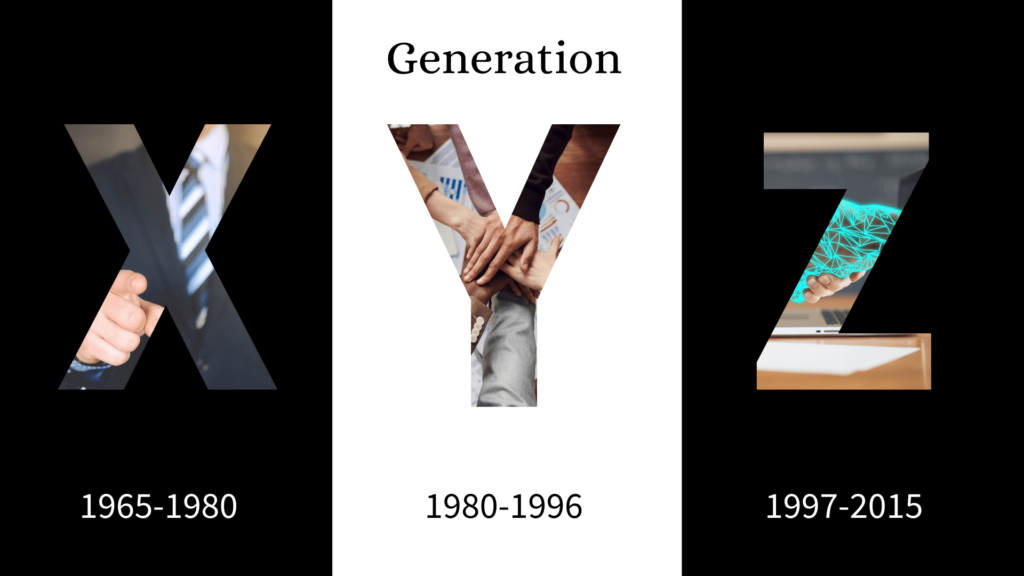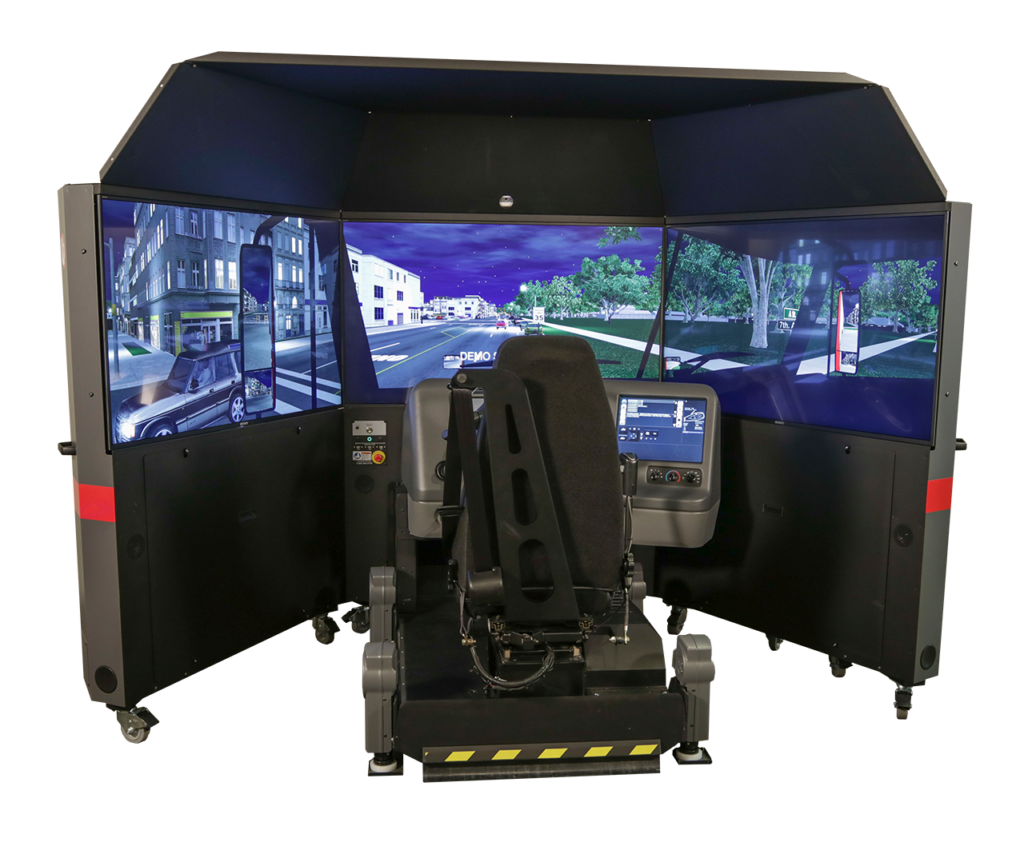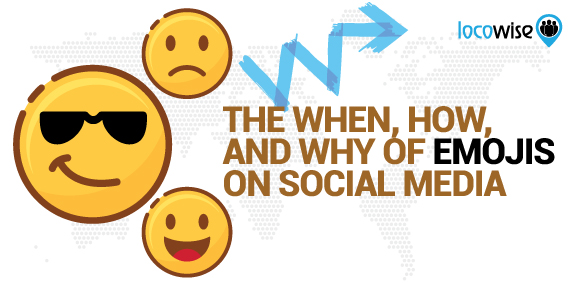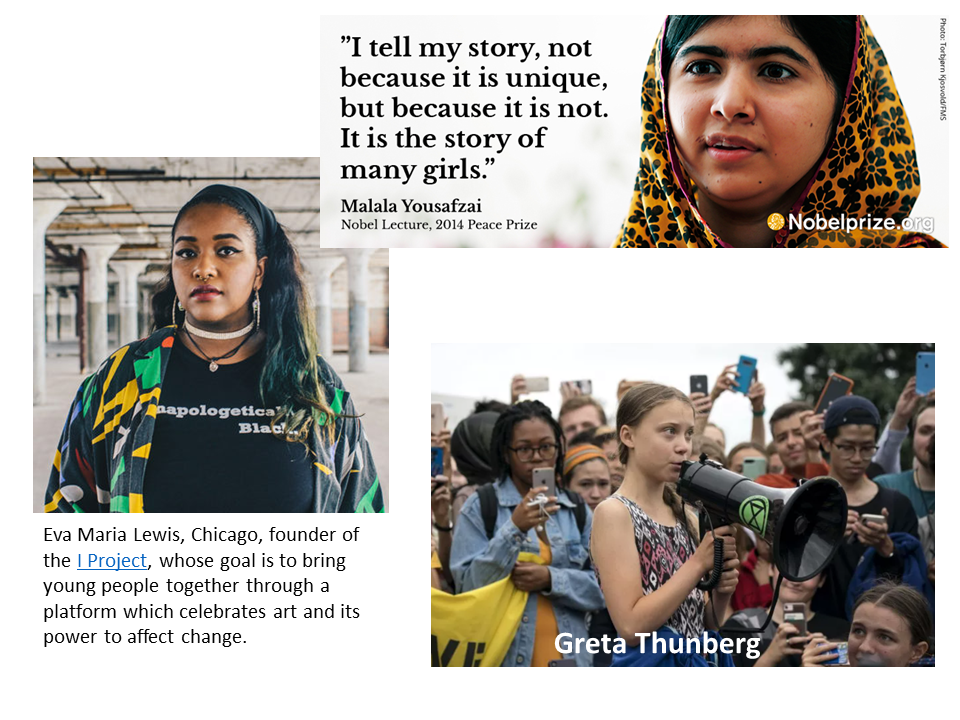By: Robert Avsec, Executive Fire Officer, with Dr. Lori Moore-Merrell
In a recent post on FireRescue1, Rachel Engel, associate editor of FireRescue1.com and EMS1.com, wrote “While many fire service leaders still consider millennials to be the latest department newbies, it’s those in Generation Z (aka, Zeds) that are peak-rookie age.” She went on to ask, “What should fire service leaders know about the Zeds, and what is the best way to reach them?” She then challenged readers to take a quiz, How well do you know the newest firefighting generation? (Not bragging, but I took the quiz and scored an 85!).
In the answers to each quiz question, Engle tapped into the knowledge of Dr. Lori Moore-Merrell, DrPH, MPH, President and CEO for the International Public Safety Data Institute in Chantilly, Virginia. After taking the quiz and reading what Dr. Moore-Merrell “had to say” in those answers, I contacted her to learn more.
Robert Avsec: What was your motivation for your research on millennials and Zeds?
Dr. Moore-Merrell: About 15 years ago, I was working with the IAFF [International Association of Fire Fighters], and we began to see change happening at the [IAFF] local level. Grievances were coming forward because firefighters “didn’t like the way their officers talked with them,” particularly when giving orders or criticism. What we were seeing was that it wasn’t so much “what” they said, but “how” they said it. And that’s what initially caught my attention.
Now, 15 years ago was about the time that the number of millennials [the generation born between 1981 and 1996] who’d enter the fire service was reaching critical mass. They’d become the largest percentage of firefighters in that one-to-five years of service range. The years of service range where firefighters have learned enough about their work environment—their fire station and the people they work with to have a sense of identity. And in many cases, that’s when they begin asserting themselves more in the daily interaction of the fire station.
It was around that time that Moore-Merrell began studying the impact those millennials were having on their fire departments. In particular, she wanted to know how the generational differences between them and their bosses (Boomers nearing the end of their career and Xers generation moving into officer roles) was affecting leadership and management for fire service leaders.
Avsec: What did you learn?
Moore-Merrell: The millennials have been labeled as the “me generation.” Many millennials were raised with the focus on them from their “helicopter parents.” Now, that’s certainly a generalization, but it’s not without some merit. This is the generation that spawned the term “participation trophy” and “everyone gets to play” where everyone on the team got a trophy and overall skill for the game was not as important as everyone participating.
But what I learned in my research was that there were some significant impacts for fire service leaders, particularly company officers. And those can be illustrated by the other sobriquet given to millennials, the “Why” generation.
Company officers and senior firefighters quickly learned that millennials had a strong need to be told “why” something was wrong or right. Or why they were given an order or why they were being criticized. This posed a great challenge for Baby Boomer officers, who for the most part had been raised in the fire service to strictly follow orders and accept the words of their superiors as the final word.
Because their parents helicopter parents had pretty much plotted their course for them since birth (e.g., participation in multiple activities, arranged play dates, additional schooling so they could get into the best schools—starting with daycare and preschool programs—many millennials came into the fire service somewhat “lost” without that same very “hands-on management style” from their immediate supervisor that they’d become accustomed to from their parents. That in turn caused many incumbent firefighters and officers to label millennials as “unmotivated” or “lazy.”
However, many of those same millennials have now been in senior, firefighter, and company officer roles for several years now, according to Moore-Merrell, and are maturing and performing well in those roles. By 2025 (That’s right, just five years from now!) millennials will make up about 75-percent of fire service members; and it’s safe to say that millennials are probably already in middle management roles (e.g., battalion chief) in many fire departments.
GENERATION Z IS NOT COMING
They are here! Generation Z (aka, Zeds) began arriving around 1996, when those millennials began having children. So that puts some of the oldest members of this next generation at about 26 years of age. Have any 21- to 26-year-old firefighters in your fire department? Welcome to Generation Z!

Zeds are not new millennials. Just as millennials are markedly different than their baby boomer parents, so too are Zeds much different from millennials. “They’re smarter than boomers, and way more ambitious than the millennials,” said Moore-Merrell.
The “early returns” on research about Zeds indicates that they are much more socially connected, care about climate change, income inequality, and human rights (particularly in areas of race and ethnicity, sexual orientation, and gender identity).
“They are socially aware (60-percent of Zeds want jobs that have social impact) and they are community-oriented (26-percent already volunteer somewhere in their community),” said Moore-Merrell. “Their role models, if you will, are people like Malala Yousafzai (the Pakistani education campaigner, who survived an assassination attempt by the Taliban, and the world’s youngest Noble Peace Prize recipient) and Sweden’s Greta Thunberg, the renowned climate change activist.”
For example, if a Zed is part of a crew that responds to an emergency at a homeless persons encampment, after the call is completed, they might be inclined to want to know what they and the department can do to engage with those homeless persons on a proactive basis. “Gen Zer’s are smarter, safer, and more mature than millennials were at a comparable age,” said Moore-Merrell. “And they want to change the world!
Read More: Rollcall: 25 Gen Z’ers Changing the World
TEACHING MEMBERS OF GENERATION Z
During my active fire and EMS instructor days (circa 1985 to 2007) I lived by the words of “presentation guru” Robert Pike. One of Pike’s mantras was that you had about 5 minutes at the beginning of a presentation to get your audience members tuned into radio station WII-FM (What’s in it for me?).
So, I was quite surprised when Moore-Merrell told me that with Zeds I would have roughly 8 seconds! “Zeds tend to have a particularly good filter system, said Moore-Merrell. “You’ve got to answer their unasked questions– What’s in it for me? Am I interested? Do I want to know more? —and you don’t have a lot of time to do it.”
She went on to say that successful instructors will learn how to conduct faster paced training classes that incorporate audio and video content, group discussions (with proactive instructor guidance and direction), and hands-on work. (You can probably put those PowerPoint presentations, and Firefighter I and II “canned training packages” into retirement).
And while virtual reality-based training is currently all the rage in the fire service, Moore-Merrell had one word: Caution! According to her,“Virtual reality training must be augmented with reality training. Virtual or augmented reality training is great, and it keeps getting better. However, there are no consequences for poorly made decisions or actions in actual reality.”
Taking her cue, I asked her if the following would be a good example. Would a fire department looking to train a firefighter to drive fire apparatus be wise to first teach that firefighter how to drive that piece of fire apparatus under controlled conditions (e.g., large parking lots and streets and roads with low traffic volumes)? Once that was complete, then augment that training with virtual reality training using a driver simulator where they could be exposed to a wide variety of driving scenarios that require them to make good decisions?

As a concept, Moore-Merrell agreed with such a driver training scenario. “Teaching them to drive and then using the simulator build their situational awareness skills as a driver could be an avenue for fire departments to pursue,” she said. “The important thing is that the prospective driver truly become informed and educated that every decision they make or action they take as a driver has potential consequences.”
SOCIAL MEDIA AND ZEDS
It may not surprise you that 92-percent of Zeds have a digital footprint. But what you may not know is that it’s not on Facebook or Twitter. Instead, they’re likely on Instagram, Snapchat, or Tik Tok.
“Generation Z craves feedback, and the quicker the better,” said Moore-Merrell. “And they share everything with their peeps and do it pretty much in real time.” She went on to say this is a major reason that fire departments must have a social media use policy that clear that’s clear and concise and understood by everyone.
“Zeds don’t have filters when it comes to what they share on social media, said Moore-Merrell. “So, unless your social media use policy provides specific guidance, they don’t see why they shouldn’t post pictures taken on calls, or a patient’s protected health information (e.g., name or age or address), or disagreements that they are having with coworkers or their boss.”
Generation Z has grown up communicating everything about their lives on social media. One needs to look no further then to see what constitutes “celebrity” in a Zed’s world. YouTube and other video sharing platforms, Snapchat, and Instagram and Tik Tok, are a huge part of their world. Questions like, “How many likes do I have for one of my posts? How many followers do I have?” are part of their daily routine.
Read Next: The First Amendment and social media: What firefighters need to know
NAVIGATING GENERATION Z
Dr. Moore-Merrell offered this short list of behaviors (certainly not an all-inclusive list) that fire service leaders should use to build more effective working relationships with these newest members (Zeds) in their fire department.

- Provide Frequent Feedback. Zeds want to be mentored and managed.
- Communicate your organization’s purpose. Emphasize the meaningful work over money.
- Tap into their expertise. Ask questions and learn about technology trends and social media from the generation that’s been raised with ever-changing technology and social media apps (Twitter = COLD, Snapchat = HOT).
- Engage in two-way dialog. Talk to your Zeds often– this can stop an issue before it escalates (like broadcasting their grievances on social media).
- Communicate in their “language.” Use visual media (e.g., emojis, memes, animated GIFs) because it’s really the language that they’ve developed and therefore know the best (See: The When, How, And Why Of Emojis on Social Media).
- Be active on social media. Communicate with them on various social media channels using videos, articles, blogs, interactive polls, comments, quizzes, and user-generated content.
- Use mobile devices. Invest in mobile apps for those devices (See: Apps every firefighter should have on their phone) and use them for push notifications regarding schedules, training opportunities, departmental news and more.
- User Personalization. Tailor-made lists for SMS (Short Message Service, commonly known as texting), MMS (Multimedia Messaging Service, a text with an attached file (e.g., picture, video, emoji, or a website link), as well as a chance to create something for themselves.
Read More
7 ways to develop future fire service leaders across the generational chasm
Bridge the gap: Leading multi-generation crews while recognizing individuality
Walking the tightrope: Multi-generation management without driving away volunteers
 Fire & EMS Leader Pro The job of old firefighters is to teach young firefighters how to become old firefighters!
Fire & EMS Leader Pro The job of old firefighters is to teach young firefighters how to become old firefighters!
